We will be closed for Thanksgiving from November 24 through 25.
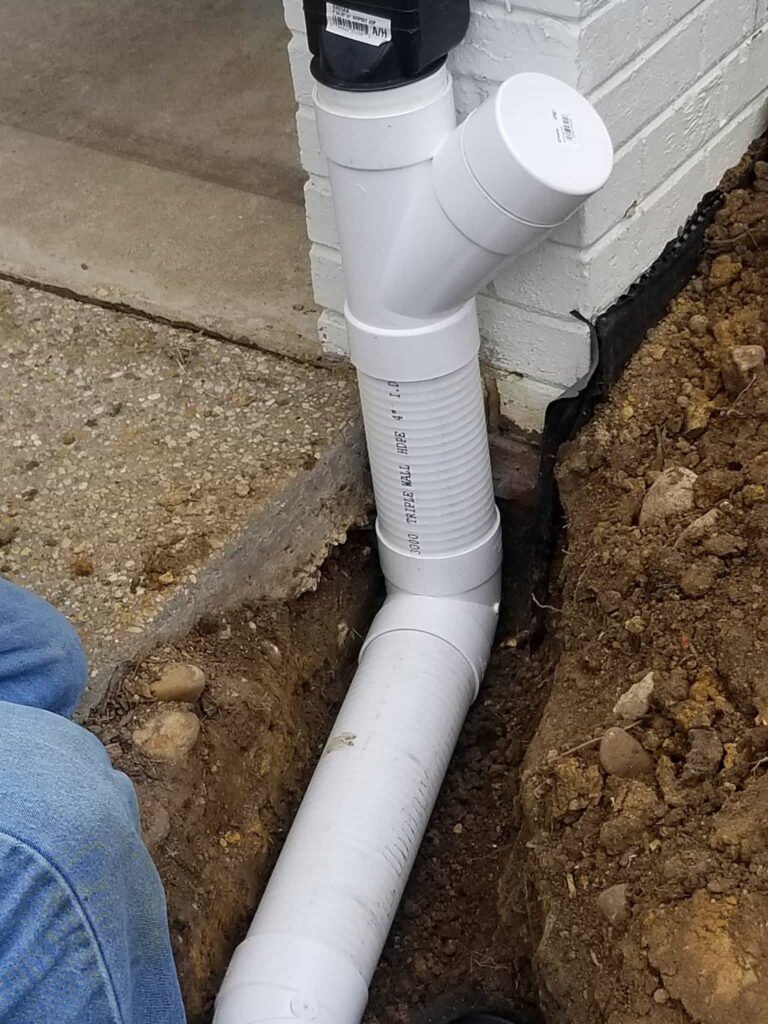
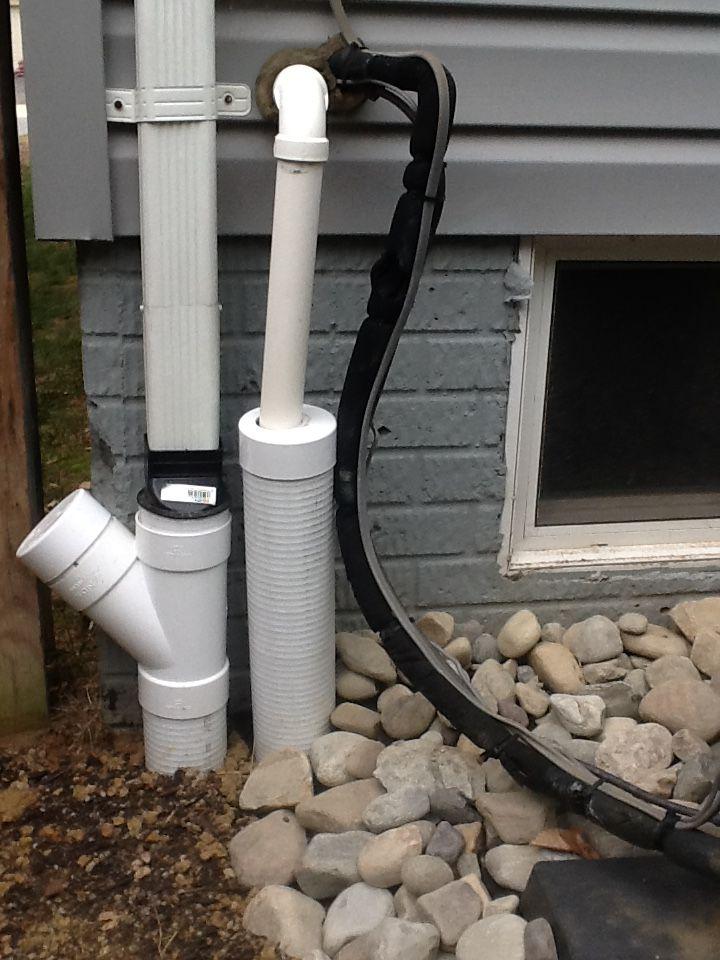
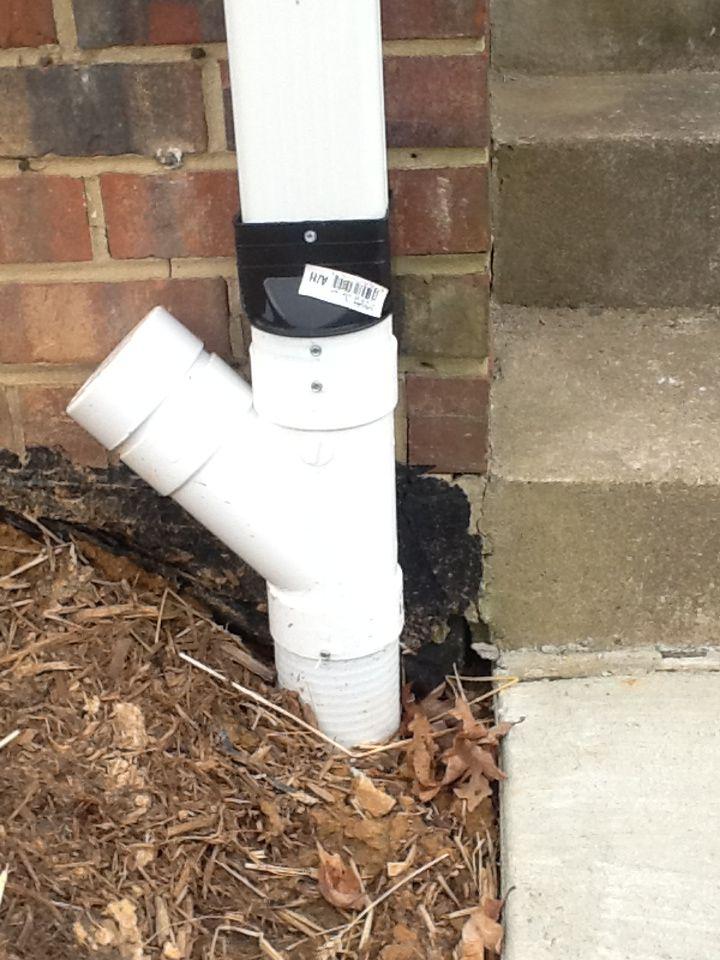
Rain gutter downspouts are vertical pipes that direct water from the roof from flowing over the edges and damaging foundation walls. Most houses however have downspouts that exit right by the corners of the house causing further damage. Many builders don’t realize these implications and leave the rain gutter downspouts to exit near the house. Lack of expertise in drainage and erosion by builders and homeowners leads to costly mistakes down the road due to neglecting this dynamic between roof water and damage to your house. Many houses we inspect have clear signs of humidity and subsequent mold in the corners due to years of neglected downspout erosion. Often times the water erodes the wall itself causing entry points where it flows into the house eventually.
The type of pipe used to extend rain gutter downspouts is also very important due to the debris that potentially flows down the pipes. It must be a solid PVC or comparable pipe with the smoothbore. If the corrugated pipe is used, debris such as leaves, seeds, and shingle grit becomes trapped in these ridges significantly reducing the life of the pipes. We constantly replace downspout extensions where previous companies used buried corrugated pipe and they become clogged. Drainage and Erosion Solutions will usually install HDPE or PVC style pipes which contain a smooth bore to allow for easy maintenance and avoid clogging easily. These pipes are also more rigid and will not crack or get smashed and break as easily under pressure like thin corrugated pipe will.
We view extending downspouts almost like brushing and flossing teeth. If left unchecked, cracks and “cavities” form in walls and the hydrostatic pressure on the structure accelerate the damage that is caused. All our downspout connections are properly sloped underground for positive drainage and tested by our professionals for functionality once the extensions are installed. We also are very careful to return the area we are working into its original state. We meticulously cut the lawn and replace it for a seamless aesthetic to be sure the lawn will look untouched after it grows again and is mowed a few times. If we need to install sod to restore trenched areas, we will and we also are sure to add mulch to restore planter beds if they are disturbed. By properly extending downspouts away from the house or hardscapes like retaining walls and patios, you are extending the life of these structures and minimizing the chance of future problems.
Another feature that we add to buried downspout extensions that most other companies neglect is effective maintenance features for the extensions themselves. We add cleanouts to all our downspout extensions to allow for periodic flushing of the pipes. We offer an access point near the connection where a hose can be inserted and proper maintenance can easily be achieved by simply letting the water push any debris out the other end. The pop-up emitters we install are also easily removed to allow for the debris to flow freely out the exit point. We recommend that each downspout be tested and cleaned out on a quarterly basis at least and that extra attention be placed during the fall season when a lot of leaf and falling seeds from trees cause a much larger volume of accumulated material than usual. Shingle grit that looks like sand or mud also is a big culprit of downspout and rain gutter clogging. Even if you have installed “gutter helmets” or covers to the rain gutters, this grit tends to flow through the fine holes and filters and make its way down the pipes.
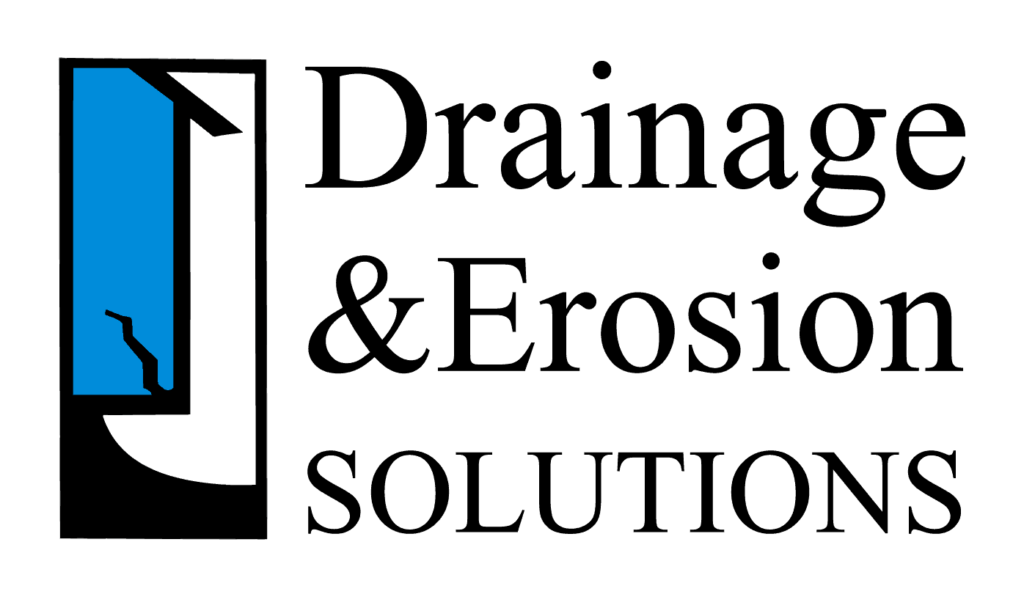
2754 Cameron Road
Falls Church, VA
Phone: (703) 534-1949
WOLFTRAP ELEMENTARY SCHOOL 5K AND FUN RUN SPONSOR
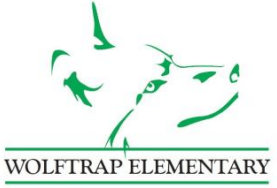
2022© Drainage & Erosion Solutions. All Rights Reserved. Areas We Serve.